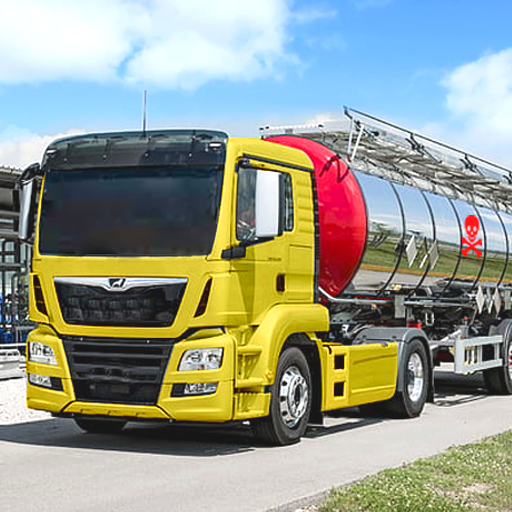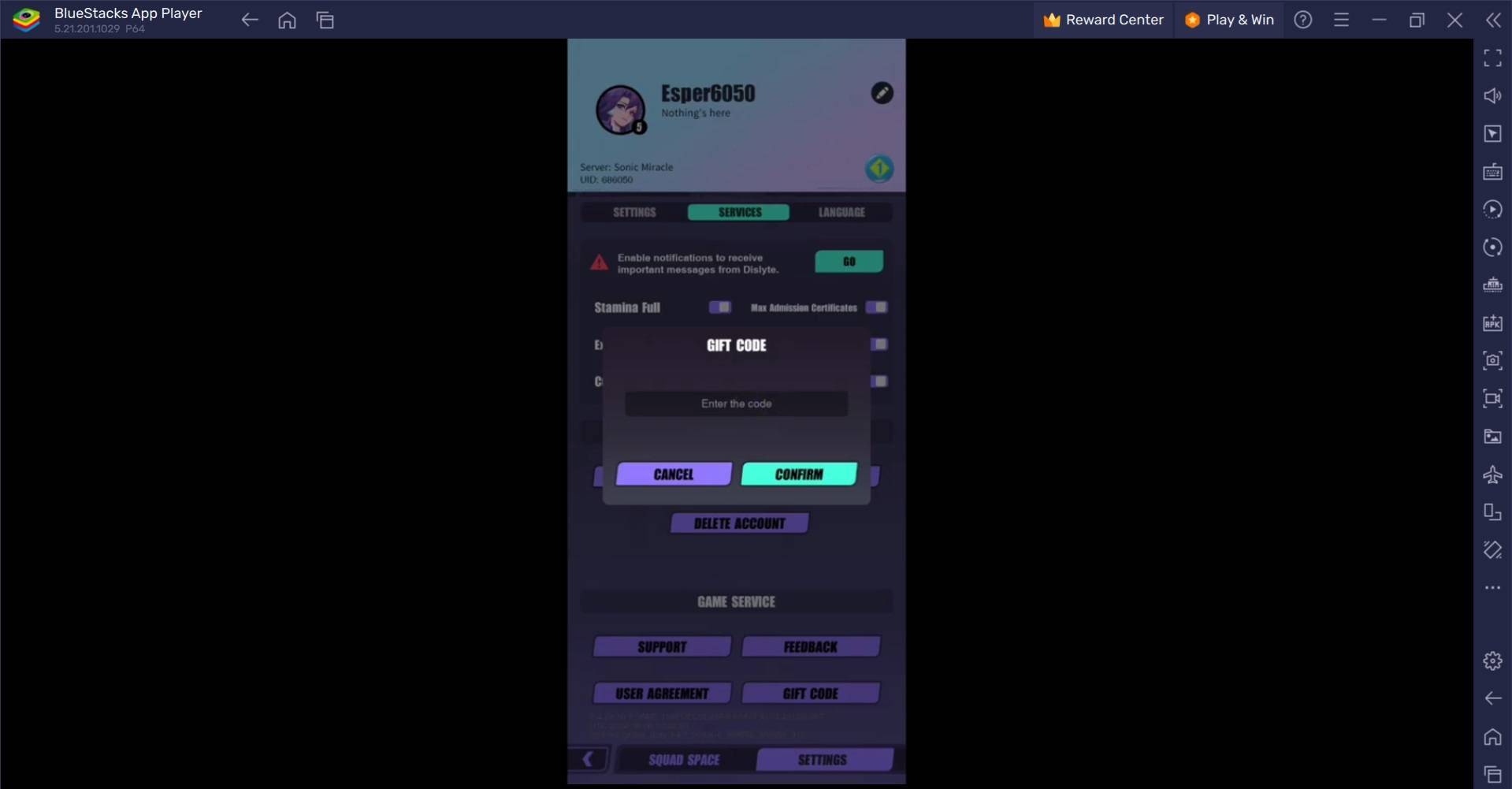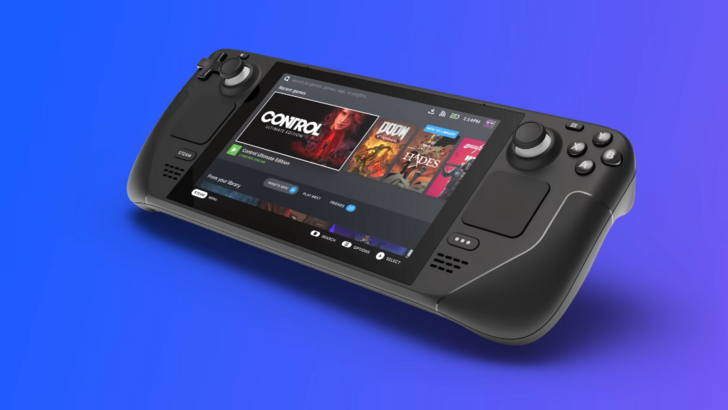
Valve's Steam Deck bucks the trend of annual hardware upgrades prevalent in the smartphone market. This article explores the reasoning behind Valve's decision, as explained by designers Lawrence Yang and Yazan Aldehayyat.
Valve Prioritizes Substantial Upgrades Over Annual Iterations

Yang and Aldehayyat, in an interview with Reviews.org, rejected the annual release cycle adopted by competitors. Yang stated that yearly, incremental updates are unfair to consumers. Instead, Valve aims for significant, "generational leap" improvements, prioritizing substantial upgrades over frequent, minor releases. Maintaining optimal battery life is also a key consideration.
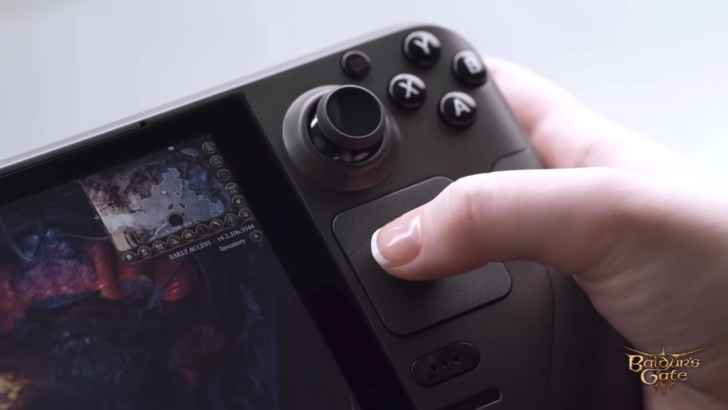
Aldehayyat highlighted Valve's focus on addressing user needs and enhancing the PC gaming experience on the go. While acknowledging room for improvement, they welcome competition, viewing it as beneficial for gamers. They specifically cited the Steam Deck's touchpads as a valuable feature lacking in some competitor devices, expressing a desire for others to adopt similar innovations.
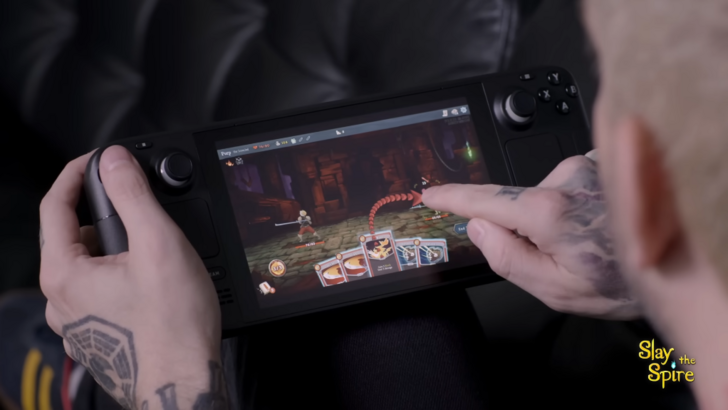
Regarding the OLED Steam Deck, Aldehayyat noted that a variable refresh rate (VRR) was a highly desired feature that unfortunately couldn't be implemented in time. Yang clarified that the OLED model was a refinement of the original, not a second-generation device. Future iterations will focus on improving battery life, though technological limitations currently pose challenges.
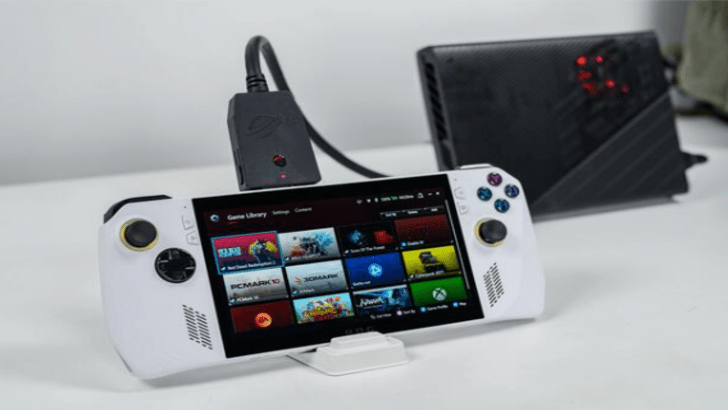
The lack of frequent hardware updates raises concerns about the Steam Deck falling behind competitors like the Asus ROG Ally and Ayaneo devices. However, Valve views the situation not as an "arms race," but as a catalyst for innovation within the handheld PC gaming market. They welcome the diverse design approaches of competitors, believing that the overall gaming experience will benefit.
Steam Deck's Australian Launch and Global Availability
The recent launch of the Steam Deck in Australia in November 2024, after a considerable delay, sheds light on Valve's approach. Yang attributed the delay to logistical complexities, including financial due diligence, warehousing, shipping, and returns processing. Aldehayyat clarified that while Australia was always intended to be a launch market, establishing the necessary infrastructure took time.
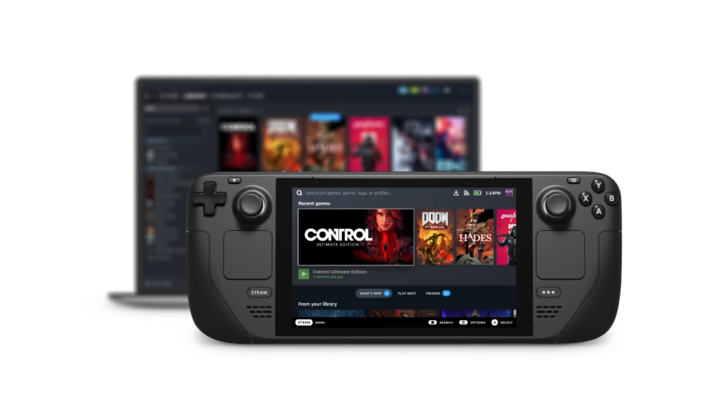
The Steam Deck remains unavailable in several countries, including Mexico, Brazil, and parts of Southeast Asia. This lack of official distribution limits access to support and warranties for users in these regions. Conversely, the device is readily available in the US, Canada, much of Europe, and select Asian markets.
 Home
Home  Navigation
Navigation






 Latest Articles
Latest Articles

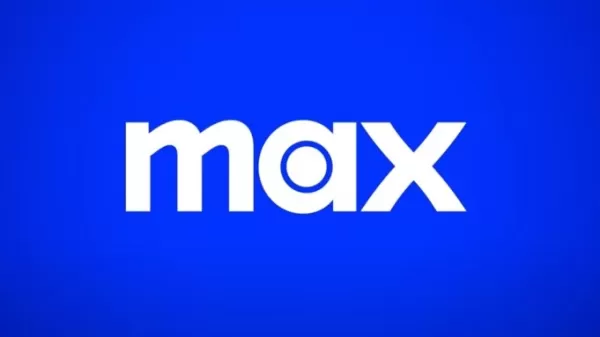








 Latest Games
Latest Games








